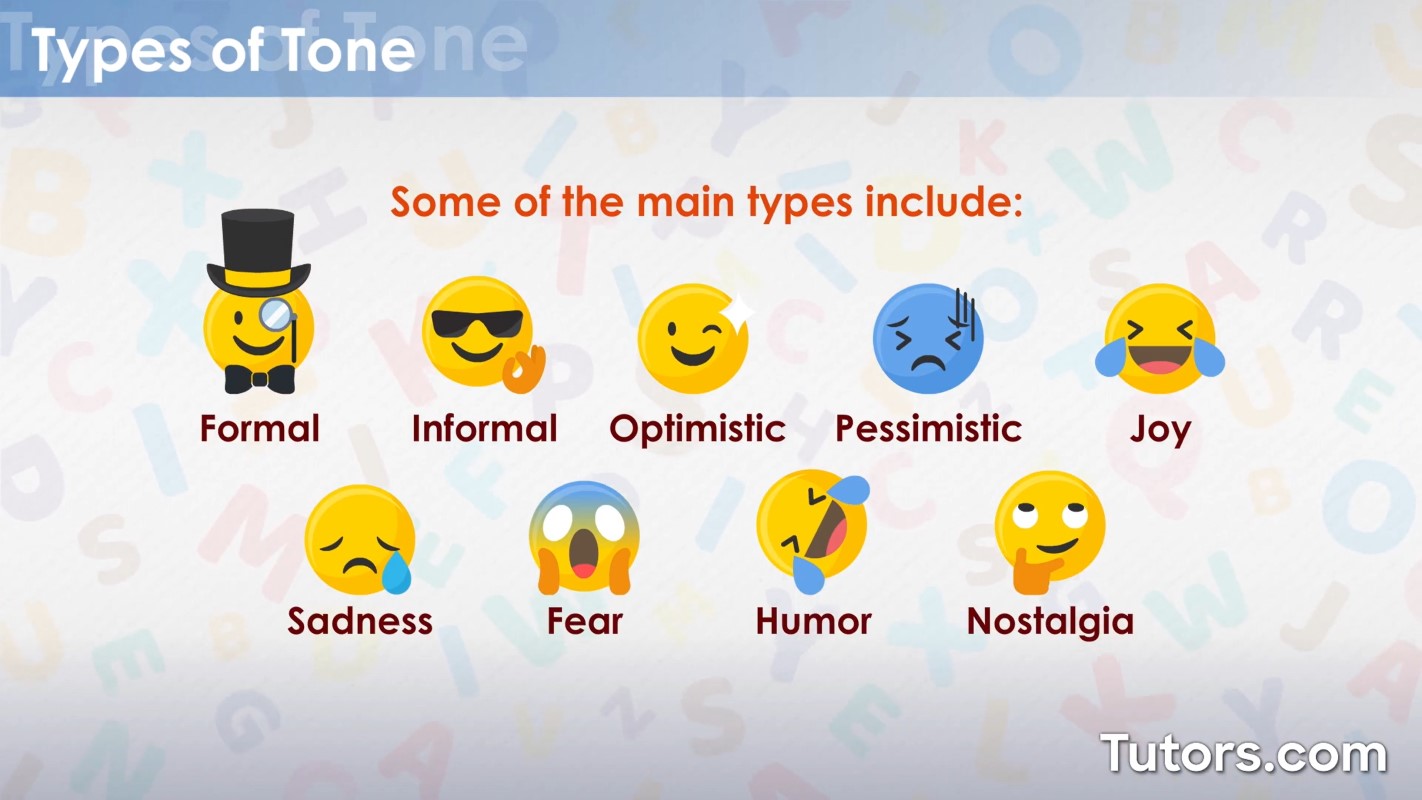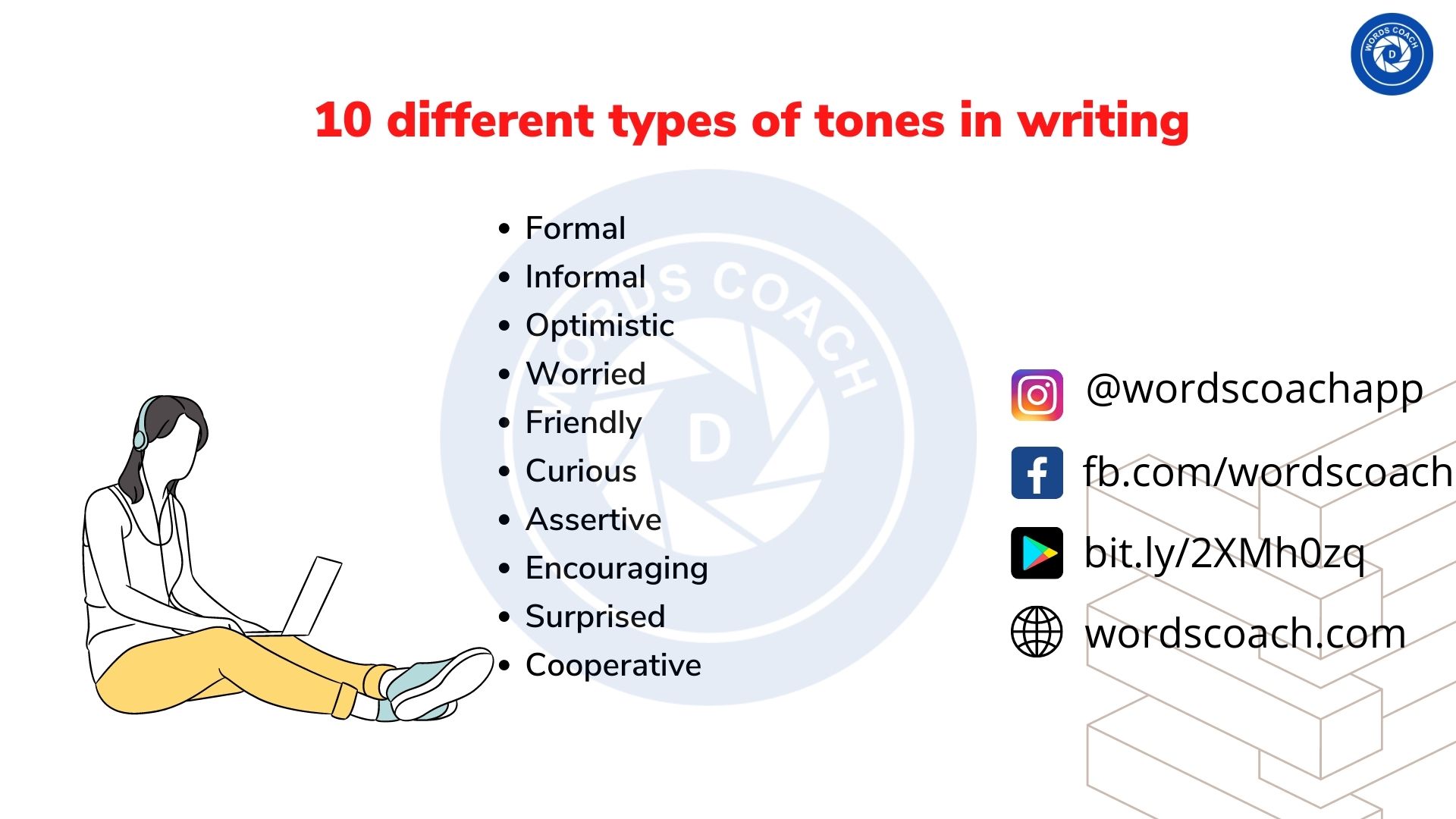Understanding Ton Loc: Unpacking Ship Capacity And Cargo Measurements
Have you ever wondered how big a ship truly is, not just by its visible size, but by the amount of stuff it can carry? It's a question that, you know, comes up a lot when you think about global trade or even just watching a big vessel move along the water. The idea of "ton loc" or, more precisely, the various ways "ton" gets used in shipping, can seem a little confusing at first glance. It is that, a bit like trying to figure out how much sugar goes into a very large cake without a proper recipe.
This idea of "ton" goes beyond just weight; it often refers to space, especially when we talk about ships and their loads. Very often, people think of a ton as just a thousand kilograms, but in the world of maritime transport, it can mean something quite different. We are going to look closely at what these specific terms mean and why they matter, particularly for anyone with an interest in how goods travel across the oceans.
So, we're going to explore these special ways of using "ton," helping you get a clearer picture of how ship capacity is measured and what "freight" actually means in this context. It's really about understanding the language of shipping, which, you know, has its own unique set of words. This article will help you make sense of it all, giving you some solid ground to stand on when these terms pop up.
Table of Contents
- The Different Faces of "Ton"
- Why These Measurements Matter
- Understanding the Distinction Between Tons
- Common Misconceptions About Ton Loc
- The Historical and Modern Relevance of Ton Loc
- Frequently Asked Questions About Ton Loc
The Different Faces of "Ton"
When you hear the word "ton," your mind probably goes straight to a unit of weight, something like a very heavy car or a small elephant. But, you know, in the world of ships and cargo, "ton" often has a completely different meaning. It can refer to space, which is rather interesting, especially when you consider how much stuff gets moved around the globe every day. My text tells us something very important about this.
My text says, "Ton, as a unit of volume, may also refer to the cargo capacity of ships or to the freight itself." This statement, you know, really opens up our thinking about what a "ton" can be. It tells us that we are not always talking about how heavy something is. Instead, we are often looking at how much room it takes up. This distinction is pretty important for anyone involved with sending goods over water or even just curious about it.
So, the idea of "ton loc" really gets us thinking about where these measurements apply. It's about how much space is available for goods on a ship, or how much space the goods themselves need. This helps everyone involved, from the people who own the ships to the people who are sending their products, understand what is being talked about. It's a way of, you know, making sure everyone is on the same page when it comes to shipping things.
The Register Ton: A Measure of Ship Volume
One of the special ways "ton" gets used is in something called the "register ton." This is a pretty specific term, and it's all about how big a ship's internal space is. My text tells us, "The register ton is defined as 100 cubic feet." This is a very precise measurement, and it has been used for a long, long time to figure out a ship's size for official purposes. You know, it's like measuring the total empty space inside a giant box.
This measurement, the register ton, helps in a few ways. It is used for things like figuring out port fees, which ships have to pay when they enter a harbor. It also plays a part in safety rules and, you know, sometimes even in how many crew members a ship needs. It's not about how much weight the ship can carry, but rather the total enclosed volume. This is, in a way, a ship's official "size" in terms of its internal space.
So, when you hear about a ship having, say, a certain number of "gross register tons" or "net register tons," they are talking about its internal volume, measured in these 100-cubic-foot units. Gross register tonnage includes almost all enclosed spaces, while net register tonnage focuses on the spaces used for cargo and passengers. It's quite a specific system, you know, for keeping track of ships.
The Freight or Measurement Ton: Cargo Space Defined
Then there is another kind of "ton" that is very important for the actual goods being moved. This one is called the "freight or measurement ton." My text clearly states, "the freight or measurement ton as 40 cubic feet." This is a smaller unit of volume than the register ton, and it is used for a different purpose altogether. It's basically about how much space the cargo itself takes up.
When you are sending something by ship, the shipping company will often charge you based on either the weight of your goods or the space they occupy, whichever is greater. This is where the freight or measurement ton comes in handy. If your cargo is light but bulky, like a big pile of feathers, you will likely be charged by its measurement tons. This is, you know, a very practical way to make sure that space on the ship is used efficiently.
So, if your goods take up, say, 80 cubic feet of space, that would be considered two freight or measurement tons. This is, you know, a key concept for businesses that ship goods, because it directly affects how much they pay for transport. It helps them plan their shipments and, you know, figure out the costs involved before anything even leaves the dock.
Why These Measurements Matter
Understanding these different "ton" measurements is not just for people who work directly on ships. They actually have a big impact on many parts of the shipping world. It's about making sure everything runs smoothly, from how much money changes hands to how safe a ship is. You know, it's like knowing the rules of a game before you start to play.
These measurements help everyone involved speak the same language. Without clear definitions, it would be very hard to figure out fair prices for shipping, or to make sure ships are not overloaded. It's pretty important for the whole system to work, you know, without too many problems. Let's look at why these specific measurements are so important for different groups of people.
For Ship Owners and Operators
For the people who own and run ships, these "ton" measurements are, you know, absolutely central to their daily operations. The register ton helps them figure out how much their ship can earn in terms of cargo space, but also how much they owe in port charges and canal tolls. For instance, when a ship goes through a place like the Panama Canal, the fees are often based on its net register tonnage. This is, you know, a direct cost that they have to plan for.
They also use the freight or measurement ton to calculate how much cargo they can fit into their vessels. Knowing this helps them maximize their earnings from each trip. If they can fit more cargo, or if they can charge fairly for the space taken, their business does better. It's a bit like, you know, a taxi driver knowing how many passengers can fit in their car to make sure they get paid fairly for the trip.
Moreover, these measurements help them comply with international rules about safety and pollution. There are limits to how much cargo a ship can carry, both by weight and by volume, to keep it stable and safe. So, you know, getting these "ton" figures right is not just about money; it is also about keeping everyone on board and around the ship safe.
For Cargo Shippers and Businesses
If you are a business that needs to send products across the ocean, understanding the freight or measurement ton is, you know, really important for your budget. You need to know if you will be charged by the weight of your goods or by the space they take up. This can make a big difference in your shipping costs, especially if your products are light but bulky, like a shipment of empty plastic bottles. You know, it's a bit like buying a plane ticket where you pay extra for your luggage based on its size or weight.
Knowing these details helps businesses choose the best way to pack their goods. If they can make their items smaller or denser, they might save money on shipping. This means, you know, they can offer their products at a better price to their customers. It is all about efficiency and making smart choices for their supply chain. This is, you know, a practical consideration for every business that imports or exports goods.
It also helps them compare prices from different shipping companies. If one company quotes a price based on weight and another based on volume, knowing how to convert between these "ton" types helps them see which deal is truly better. This is, you know, a very useful skill for anyone managing logistics.
For Port Authorities and Regulators
Port authorities, the people who manage harbors, use these "ton" measurements for a lot of their work. They use the register ton to figure out how much ships should pay to use their docks and facilities. This helps them maintain the port and, you know, keep it running smoothly. It's how they get the money to dredge channels, build new berths, and manage traffic.
Regulators, on the other hand, use these measurements to enforce rules about safety and environmental protection. They need to know a ship's capacity to make sure it is not carrying too much or, you know, violating any rules about what kinds of goods can be transported. This helps keep the oceans clean and safe for everyone. It's a big part of how they, you know, manage the movement of goods around the world responsibly.
So, these "ton" definitions are not just old terms; they are still very much in use today for very important reasons. They help manage the flow of trade, ensure fair pricing, and keep everyone safe. It's a system that, you know, has evolved over time but still relies on these core measurements. You can learn more about shipping measurements on our site, which, you know, covers many related topics.
Understanding the Distinction Between Tons
It's pretty clear now that the word "ton" can mean different things, especially when we talk about ships. The main difference to remember is that one type of "ton" is about the ship itself, its internal volume, and the other is about the cargo it carries, or, you know, how much space the goods need. My text makes this very clear by giving us two distinct definitions.
The register ton, at 100 cubic feet, tells us about the ship's overall capacity for carrying things, but it is an official measurement of the vessel's size. It's like the official paperwork size of a truck, you know, rather than how much weight you actually put in it. This number helps determine taxes and fees, and it is pretty much fixed for a ship once it is built.
The freight or measurement ton, at 40 cubic feet, is all about the actual stuff being shipped. This one is very flexible because it changes with every different type of cargo. If you are shipping something bulky, like cotton, it will take up a lot of measurement tons even if it doesn't weigh much. If you are shipping something dense, like steel, it might take up fewer measurement tons but weigh a lot more. So, you know, it is about getting the right charge for the space used.
This distinction is, you know, very important for avoiding confusion in the shipping business. Knowing which "ton" is being discussed helps everyone understand the terms of a deal. It's a basic principle that helps maintain order in a very large and busy industry. You can link to this page for more information on freight terms, which, you know, might help clarify things even more.
Common Misconceptions About Ton Loc
One common mistake people make is thinking that a "ton" in shipping always means a specific weight, like 2,000 pounds or 1,000 kilograms. As we have seen, this is not always true, especially when we talk about "ton loc" in the context of ship capacity. It's a very easy mix-up to make, you know, because "ton" usually means weight in our everyday lives.
Another misconception is that the register ton directly tells you how much cargo a ship can carry by weight. It does not. The register ton measures volume, the space inside the ship. A ship's actual weight-carrying capacity is called its "deadweight tonnage," which is a completely different measurement. So, you know, you can't just assume one tells you about the other.
Also, some people might think that the freight or measurement ton is always the same as the register ton. They are very different. One is about the ship's official volume, and the other is about the volume of the cargo. Knowing these differences helps you avoid mistakes when you are talking about shipping or, you know, looking at ship specifications. It's about being precise with your words.
The Historical and Modern Relevance of Ton Loc
The concepts of the register ton and the freight or measurement ton have been around for a very long time. They come from a time when ships were, you know, the main way to move goods across long distances. These measurements helped standardize trade and make it more predictable. They allowed people to compare ships and cargo in a consistent way, which was pretty important for growing global commerce.
Even today, with all our modern technology and, you know, very precise instruments, these traditional "ton" measurements are still in use. While new international rules sometimes use different systems, like the Suez Canal Net Tonnage or the Universal Measurement System, the underlying principles of volume-based measurement remain. This is, you know, a testament to how useful and practical these older definitions still are.
So, understanding "ton loc" is not just about learning old history; it is about understanding the foundations of how shipping still works. These terms are still part of the everyday language of maritime trade. They help people from different countries and different parts of the industry communicate clearly. It is pretty cool how, you know, some things just stick around because they work so well. For more on how shipping has evolved, you might want to check out this resource on maritime history: International Maritime Organization History. This external link, you know, provides some great context.
Frequently Asked Questions About Ton Loc
Here are some common questions people often ask about these "ton" measurements in shipping.
What is the biggest difference between a register ton and a freight ton?
The biggest difference is what they measure. A register ton tells you about the total internal volume of the ship itself, usually for official purposes like port fees. A freight ton, on the other hand, measures the actual space that a specific piece of cargo takes up, and this is often used to figure out shipping costs. So, you know, one is about the ship, the other about the goods.
Why do shipping companies charge by volume sometimes instead of just weight?
Shipping companies charge by volume because space on a ship is very valuable. If they only charged by weight, they might fill their ship with very light but bulky items and not make enough money. Charging by volume, or by whichever is greater (weight or volume), helps them get paid fairly for the space their vessels provide. This is, you know, a practical way to manage their business.
Are these "ton" measurements still used today, or are they old-fashioned?
Yes, these "ton" measurements are still used today, especially in certain contexts like older regulations or for historical comparisons. While some newer international standards have come into play, the concepts of register tons and freight tons are still very much part of the language and calculations in the shipping world. So, you know, they are not just relics from the past.
So, as you can see, the term "ton" in shipping is, you know, far more interesting than just a measure of weight. It's a way of talking about space, both within a ship and for the goods it carries. Understanding the difference between a register ton and a freight or measurement ton gives you a much clearer picture of how global trade works. It is pretty fascinating how these specific measurements help keep everything moving across the oceans. We hope this explanation has helped you get a better handle on what "ton loc" really means and why it matters so much in the world of maritime transport. It's a very important part of, you know, how goods reach us from far away places.


